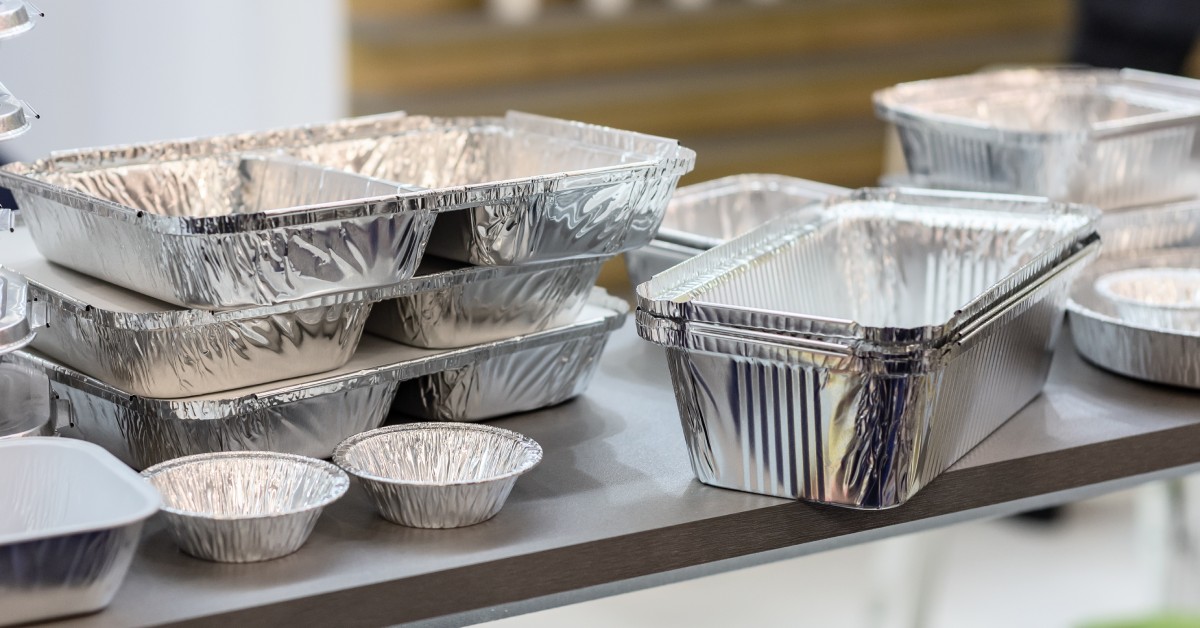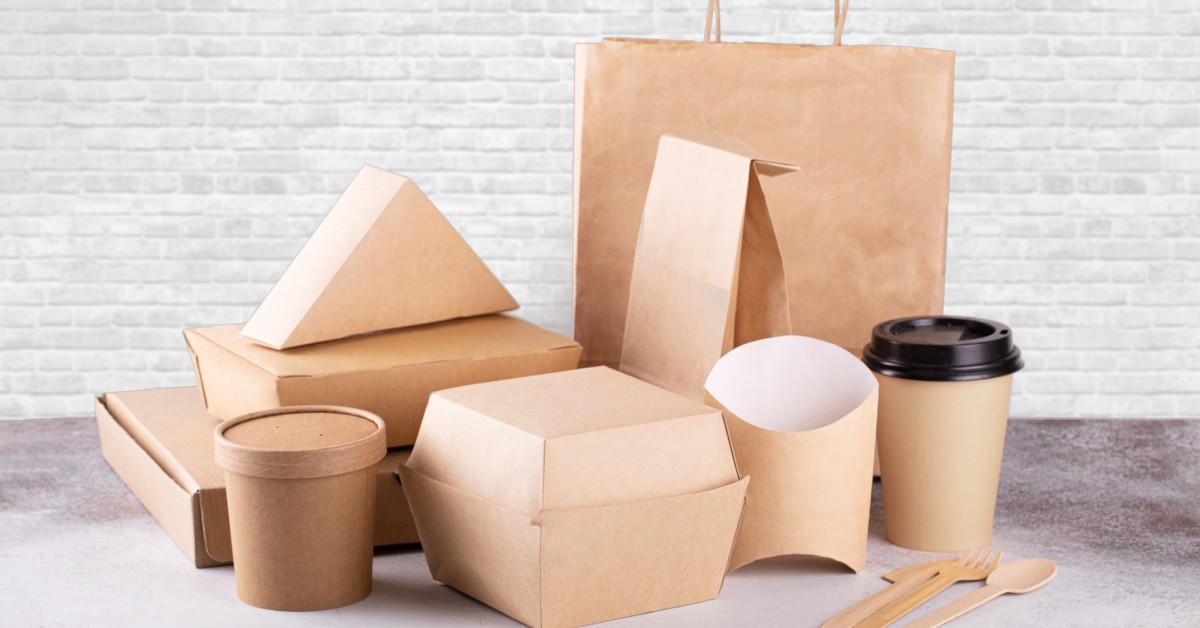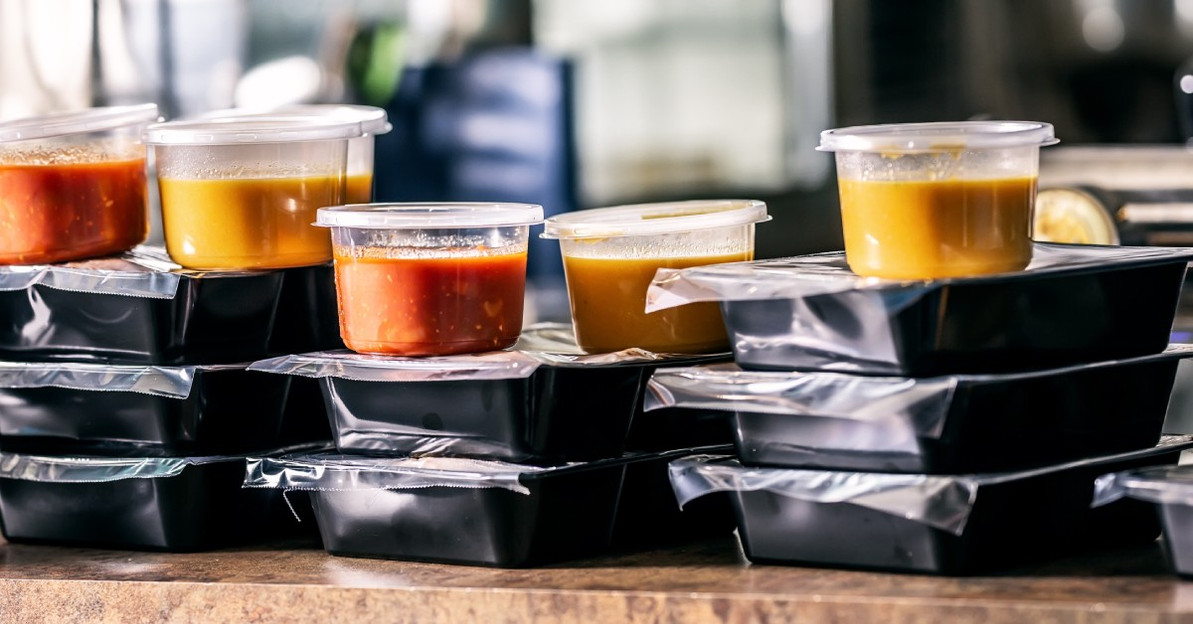Aluminum, Paper, Plastic: Takeout Packaging Options To Try
Choosing the right takeout packaging is essential for any food service business. With so many options available, understanding the benefits and drawbacks of each material can help you make an informed decision that best meets your needs. Read on to explore aluminum, paper, and plastic takeout packaging options.
Aluminum Packaging
Aluminum packaging has been a go-to choice for restaurants and food service providers for years due to its strength, heat resistance, and recyclability. It’s commonly used for takeout containers, food trays, and foil wraps because it effectively maintains the temperature and freshness of food. Aluminum packaging also offers a barrier against light, moisture, and air, making it ideal for preserving the quality of food over long periods. Its lightweight nature makes it convenient for both customers and businesses, but it is strong enough to prevent damage during transport.
Benefits of Aluminum Packaging

Aluminum packaging offers several key advantages for businesses and consumers. For one, it is highly durable, making it a reliable option for transporting both hot and cold foods. Unlike other materials, aluminum won’t easily crack, leak, or deform, even when holding heavy or greasy dishes.
Aluminum also retains heat better than plastic or paper, keeping food warmer for longer. Furthermore, aluminum is naturally resistant to corrosion, ensuring that food maintains its flavor without any metallic aftertaste. Finally, the material is 100 percent recyclable.
Environmental Impact of Aluminum Packaging
While aluminum packaging is recyclable, the production of aluminum can have a significant environmental footprint due to the energy required for mining and processing. However, once in circulation, aluminum can be recycled repeatedly without losing quality. This makes aluminum packaging a sustainable option for those businesses looking to reduce waste, as long as proper recycling practices are in place. Many municipalities now offer aluminum recycling services, increasing its accessibility as an environmentally conscious choice.
Paper Packaging
Paper packaging is immensely popular for its sustainability and biodegradability. It’s made from renewable resources, primarily wood pulp, and can break down much faster than plastic or aluminum in landfills. Paper packaging is also lightweight, easy to store, and customizable, making it a versatile option for takeout services. Whether it’s paper bags, sandwich wraps, or to-go boxes, paper packaging is both functional and eco-friendly, providing a great alternative for environmentally-conscious businesses.
Customization and Branding With Paper Packaging
One of the key advantages of paper packaging is its ease of customization. Businesses can easily print logos, branding messages, or other designs directly onto paper containers, creating a unique and memorable customer experience. This customization helps reinforce brand identity and can set your business apart from competitors. Additionally, customers are increasingly drawn to brands that prioritize sustainability, making paper packaging a great way to communicate your commitment to the environment.
Types of Paper Packaging

There are various types of paper packaging to consider, each with its own set of advantages. Kraft paper containers are popular for their rustic, natural look, while white paper containers offer a clean, modern aesthetic. Grease-resistant paper is ideal for fried foods, as it prevents leaks and maintains food quality. Some paper containers also come with coatings to enhance durability and moisture resistance. Understanding the different types of paper packaging available will help you select the best option for your specific needs.
Drawbacks of Paper Packaging
While paper packaging is highly sustainable, it does come with a few limitations. Paper containers may not be as sturdy as aluminum or plastic, and they can become soggy when exposed to moisture or greasy foods. Additionally, they provide limited insulation, which means food may lose its heat faster than it would in other materials. This can be problematic for hot meals that need to stay warm during delivery or transportation. Therefore, despite paper’s eco-friendliness, businesses must carefully consider whether paper packaging meets the functional needs of their food offerings.
Plastic Packaging
Plastic remains one of the most versatile and widely used packaging options in the food service industry. It comes in various forms, from clamshell containers to clear deli cups, and is suitable for almost any type of food. Plastic containers are lightweight, durable, and resistant to leaks, making them ideal for holding liquids, salads, and other perishable items. Clear plastic packaging is particularly useful for takeout, as customers can see the contents of their meal without opening the container, ensuring accurate orders and reducing waste from incorrect items.
Benefits of Plastic Packaging
Plastic packaging offers several benefits, including strength and transparency. Its durability makes it ideal for transporting heavy or liquid-based foods with a lowered risk of leaks or spills. Additionally, transparent plastic containers allow customers to see the contents, which can enhance the presentation and appeal of the food. Finally, plastic containers come with secure lids that prevent spills during transport. These features make plastic packaging a reliable option for both takeout and delivery services.
Environmental Considerations for Plastic Packaging
While plastic packaging is recyclable, it’s important to consider its environmental impact. Not all plastic is recycled, and improper disposal can contribute to pollution. Businesses should prioritize using recyclable plastics and educate customers on proper disposal methods. Some businesses also offer take-back programs or use plastics made from recycled materials to reduce their environmental footprint. Balancing the benefits of plastic packaging with its environmental considerations is key to making an informed decision.
Choosing the Right Plastic Packaging
When selecting plastic packaging, it’s essential to consider the specific needs of your business. Different types of plastic, such as PET, PP, and HDPE, offer varying levels of durability, clarity, and heat resistance. For example, PET plastic is commonly used for cold foods due to its clarity and strength, while PP plastic is better suited for hot foods due to its heat resistance. Understanding the properties of different plastics will help you choose the most appropriate packaging for your menu items.
Comparing Cost and Functionality
When it comes to takeout packaging, there’s always a balance between cost and functionality. Aluminum containers tend to be more expensive but offer better heat retention, while paper is more affordable but may lack durability. Plastic packaging falls somewhere in between in terms of cost, offering durability and versatility at a competitive price point.
Businesses need to evaluate their priorities, such as sustainability, cost, and practicality, when selecting the right packaging. Bulk ordering can also reduce costs, making the investment more manageable.
Bulk To-Go Containers for Cost Savings
Investing in bulk to-go containers is one of the most effective ways to save on packaging costs. By purchasing in bulk, restaurants can secure lower prices per unit, making it easier to manage inventory while keeping expenses down. Bulk purchasing also ensures that businesses are always stocked, preventing delays in service. Whether opting for aluminum, paper, or plastic containers, buying in bulk helps streamline operations and offers significant cost savings over time.
Now that you’ve considered takeout packaging options like aluminum, paper, and plastic, you can make an informed decision that best suits your business’s needs. By carefully considering factors such as cost, environmental impact, and customer preferences, you can choose the right packaging to enhance your brand and meet your operational goals.
Recent Posts
-
Pros and Cons of Disposable vs. Reusable Plates
Choosing between disposable and reusable plates affects your budget, environmental impact, and daily …Oct 30th 2025 -
Dos and Don’ts When Sourcing Catering Boxes
Catering boxes play a critical role in your food service business. They protect your carefully prepa …Oct 30th 2025 -
The Ultimate Guide to Aluminum Foil Food Packaging
When your restaurant needs to select containers for take-out items or catering events, it has many o …Oct 7th 2025




